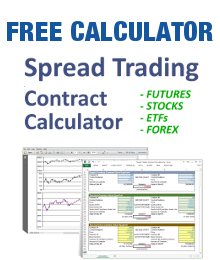Once you have your trading rules set up and you have coded them to display in your Excel trading model spreadsheet, you can simply enter the orders manually with your broker. This is the simplest and most reliable method, and works well when you only need to send a few orders per day, and the timing is not critical.
For example, if you run your trading model on end of day price data and expect the orders to be executed on the next day’s open, you can just login, enter the orders as Good-Til-Canceled (GTC) market orders, and let your broker execute them in the morning.
Alternately, if you run your trading model intraday and primarily use it as a “hybrid” trading tool with an additional step of analyzing the price charts before you enter trades, then this would require manual trade entry after your human analysis is done.
The benefit of manual order entry is simplicity. You don’t need any additional tools or special coding skills, and there is very little that can go wrong, except your own manual errors which are easy to catch. The downside is that it is slow and introduces a human element into the order entry process. This means if your model is designed for rapid day trading, you will need to watch it very closely and execute trades rapidly. By introducing an additional human step between the trade signal and actual order entry, there is a new opportunity to make an entry error or double-guess the system’s logic, which can invalidate the basis for having a trading model in the first place.
When developing a new trading model in Excel, it is often best to enter orders manually for awhile to ensure the model is sending the right signals at the right time. This is part of the final end user testing process, which is very important and should not be overlooked. The last thing you want is to have your model send a 1000-share buy order when you want it to trade 100 shares.





